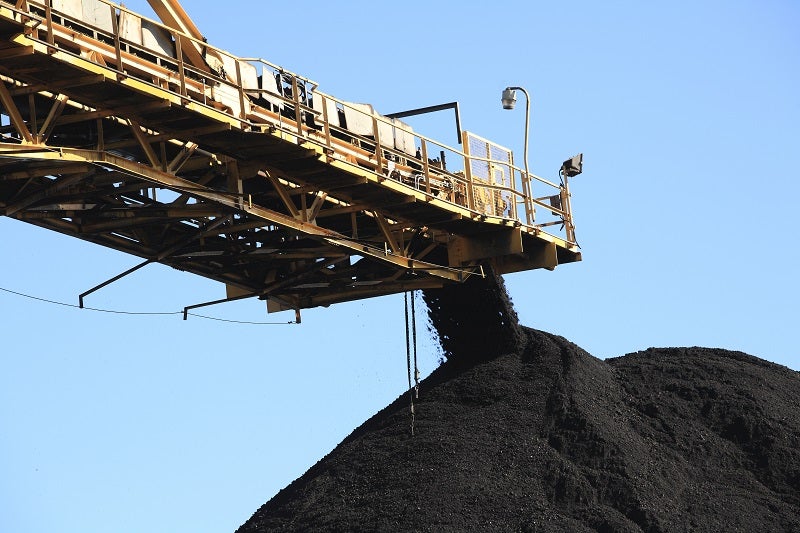
Accurate level measurement of stockpiles is an essential process throughout the mining industry, but it is not without its challenges.
Once the gravel or sand has been crushed, screened and sorted into different grain sizes, it is transported on conveyors and stored in large stockpiles. To automate stockpiling levels and enable the optimum area to be filled, operators need to obtain a reliable level measurement which informs them when the stockpile is full.
Typically, this process takes place in adverse, dusty environments, requiring the use of water sprays to contain dust dispersion and protect the surrounding area as well as personnel. While the use of water sprays is essential to maintain a workable, environmentally-conscious site, it can cause issues when it comes to achieving accurate level measurement of stockpiles.
Many pieces of level measurement equipment are unable to ignore the water spray, often delivering a reading which indicates that the stockpile is incorrectly full. Loading will then be halted while operators confirm the reading. This stop-start approach causes significant delays in the process, costing the operation time and money.
“Every time you stop and start the conveyor belts, you’re putting a lot of force or surge on the circuits so the best thing is to continuously run them instead of stopping and starting all the time,” says John Leadbetter, managing director at leading mining equipment provider VEGA.
“Because of this, radar is the best approach for level measurement of stockpiles as it does not detect the water spray. It can register water in a dam or tank, but not the spray because it is entrained with a lot of air.
“When Vega developed our radar level measurement systems, we took this challenge into account in order to build a system that provided accurate measurements that aren’t affected by water spray and other environmental interruptions in order to concentrate on the ore on the ground.
“With radar, operators can benefit from a more reliable signal. With that reliability, they are able to continuously feed the stockpile in a range of difficult conditions with the knowledge that it’s an accurate situation.”
Reliable level measurement of stockpiles
While these fixed stockpiles utilise a fixed boom loading on to the ground, the product requires a different type of stockpile as it moves along its export journey. In northern Australia’s ports, continuous stockpile run at approximately 30m tall for around 500-700m straight.
A stacker, much like a boom, runs along a set of railway tracks, moving the stockpile along while adding more product to the pile. Unlike a stationary, fixed pile, operators are required to continuously monitor how much material is being loaded in order to create an even flow all the way along the stockpile whilst maintaining control of their inventory before it is ship it out.
Depending on the stockpile, Vega recommends either the VEGAPULS 67 or the VEGAPULS 69. Smaller stockpiles of just a couple of metres are better suited to the 67, a sensor designed for continuous level measurement of bulk solids under simple process conditions. Boasting versatile and simple mounting solutions, it provides an economical solution, as well as an encapsulated antenna system for maintenance-free permanent operation even in the case of strong build-up.
Meanwhile anything 10m and above would require the VEGAPULS 69, which provides non-contact stockpile measuring using radar technology. It offers reliable stockpile control that is unaffected by material flow and weather conditions, as well as a maintenance-free operation and optimal monitoring of the filling process at the stockpile.



